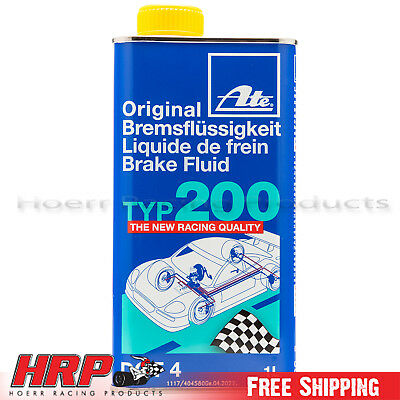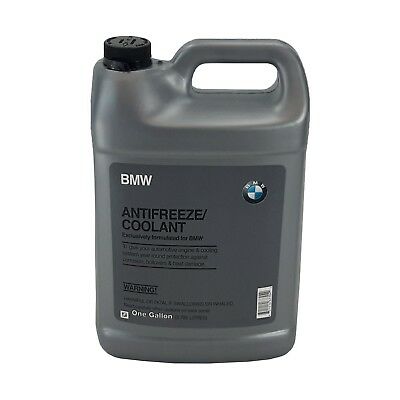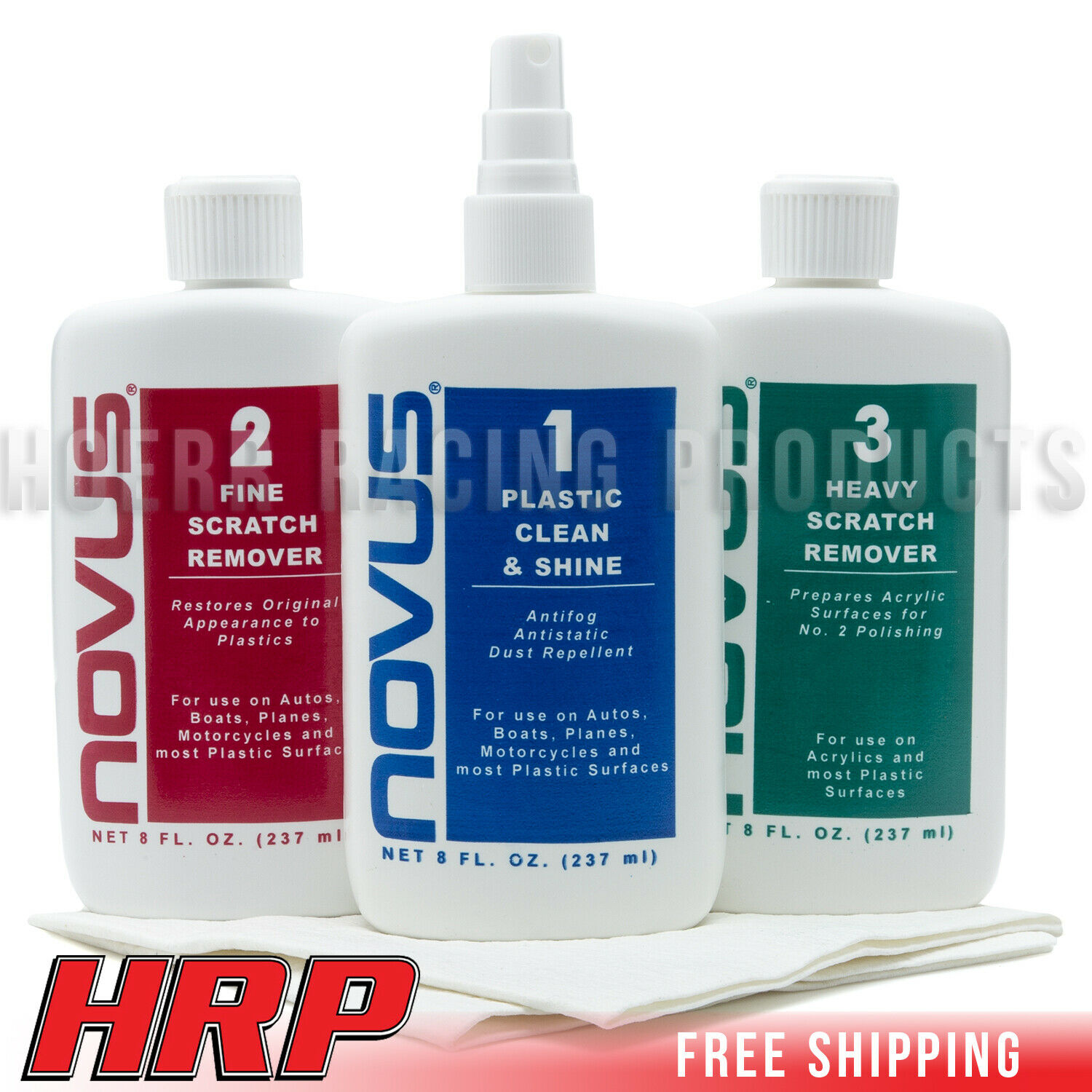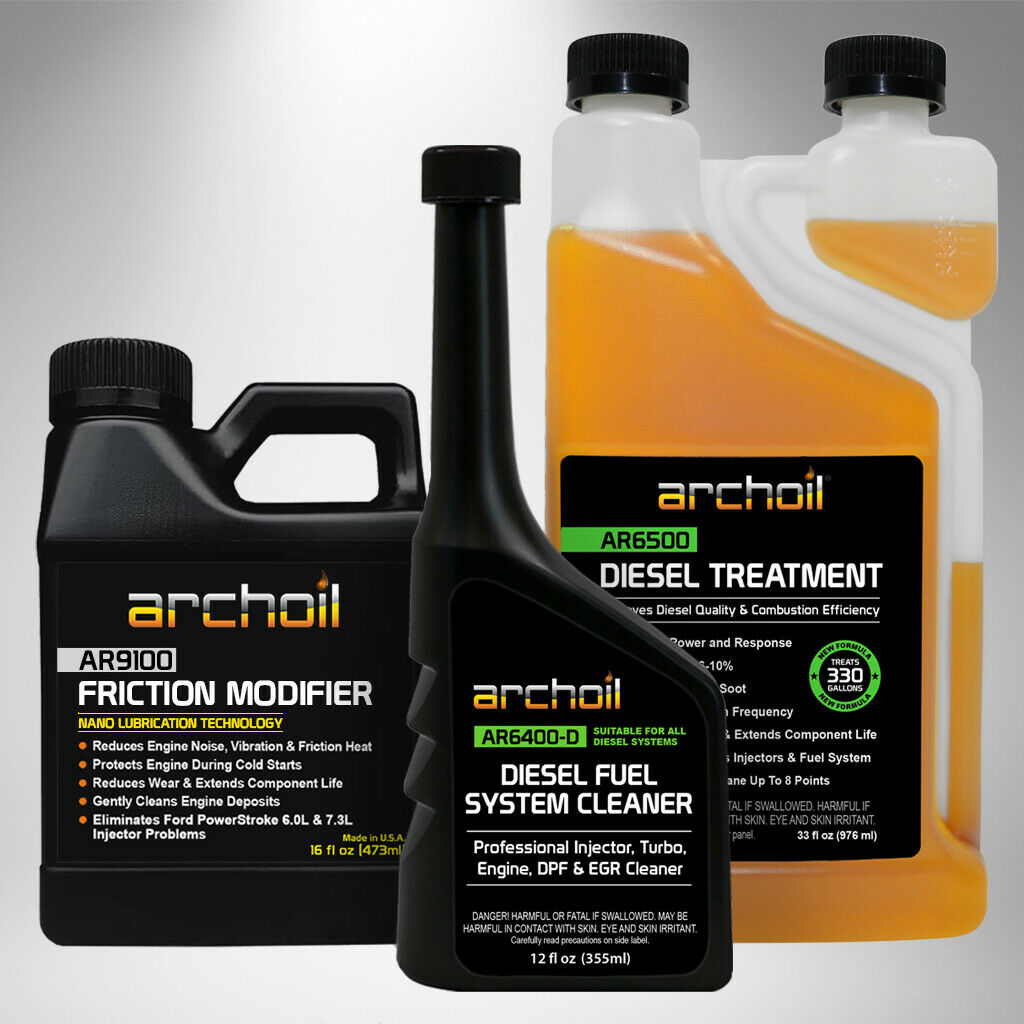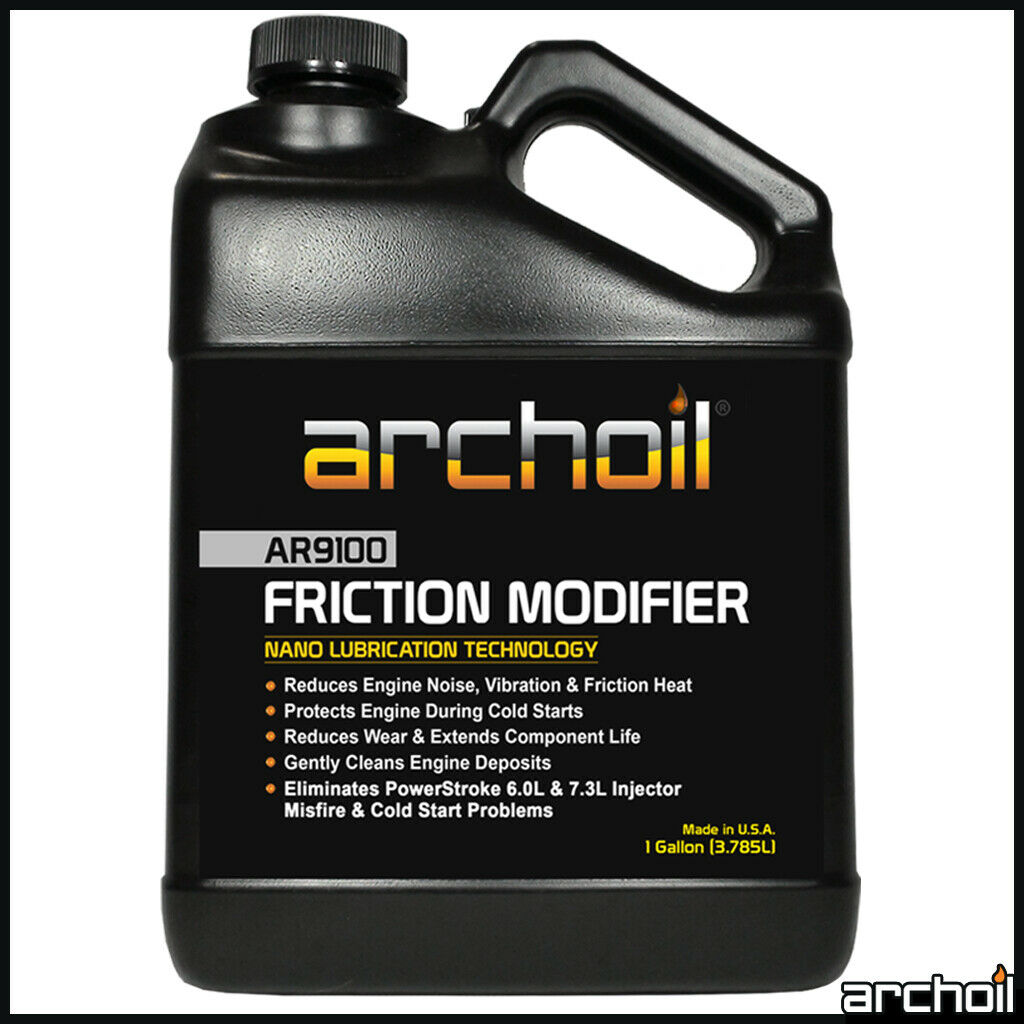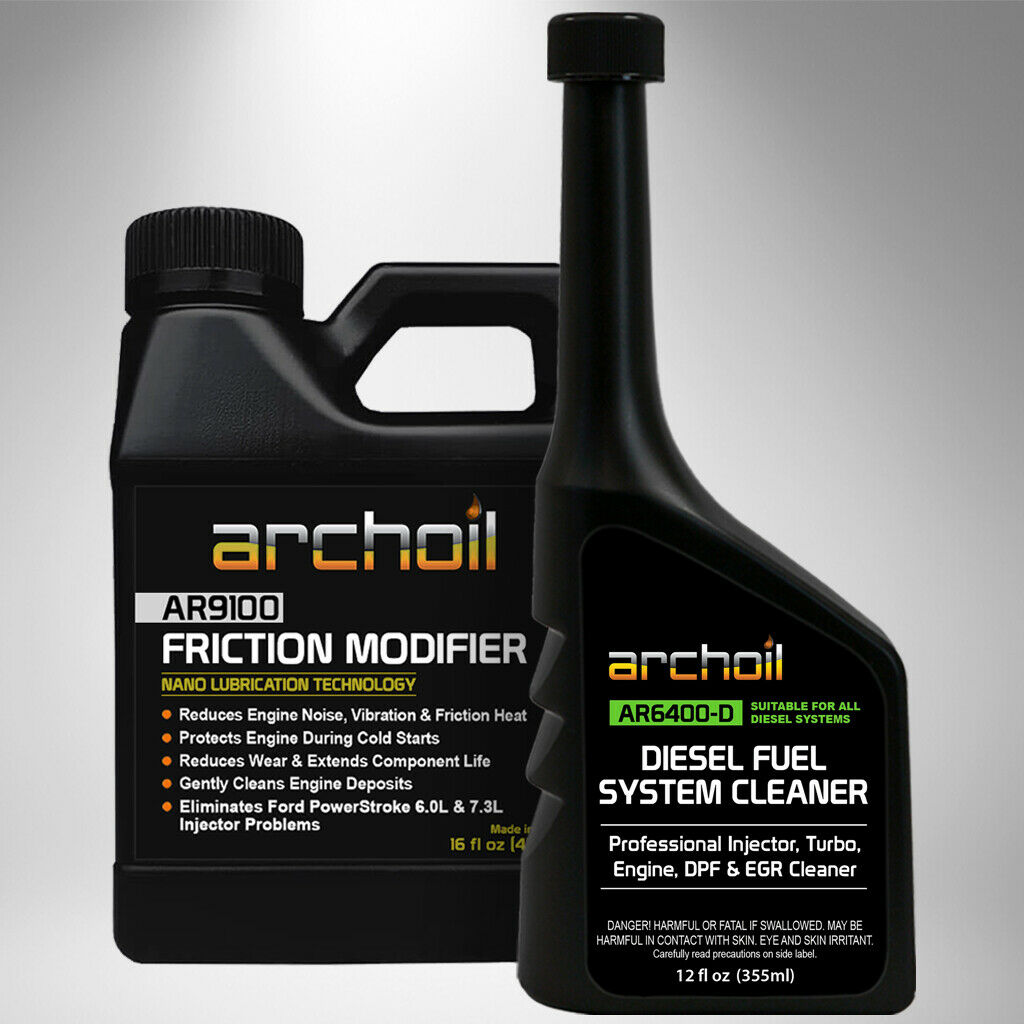-40%
RVS Technology P2 power steering treatment, restore your pump, reduce nvh!
$ 15.81
- Description
- Size Guide
Description
RVS Technology® is a technique that has the capacity to form a Triboceramic surface structure on metal friction contact zones (metal-ceramic), while the mechanism is in it's normal productive operation.RVS has unique properties; it protects and prevents the surfaces and mechanisms of wear and tear. RVS is the only technology that has the ability to restore sliding surfaces, in a good case, up to their original shape and tolerances. The new surface structure takes place autoreactively, without disassembling the equipment being restored. In practice this means, without down times and loss of production.
The core of the technology is its ability to identify objects and points prone to wear and damage by locating the source of the thermal energy (heat) produced by the friction and it's capacity to modify these friction surfaces. The process ceases automatically as the required result is obtained.
The thickness of the born structure depends on the wear rate and the hardness on the surface pressure during the process.The clearances in every friction pair in the mechanism are optimized to a level hard to achieve by current application methods.
-Takes place productively and automatically
-No disassembly, handling or remote processing
-No costly and time consuming Down Times
- Prolongs life cycle of components (30-70%)
- Reduces replacement demand of costly spare parts as wear process almost stops
- Reduces number of expensive down times and maintenance hours / days
- Reduces energy & fuel consumption
- Reduces emissions - Reduced environmental strain (10- 50%)
- Reduces vibration & noise level (10-50%)
- Reduces need/Prolongs life cycle of lubricants (30-50%)
- Possibility to use less expensive lubricants with less additives
- Less corrosion problems
- Survival of the mechanism in case of accidental loss of lubricant!
FAQ:
IS RVS AN OIL ADDITIVE?
No! Unlike oil additives on the market, RVS Technology® products produce a nano-ceramic layer that integrates with the metal friction surfaces of your engine, transmission, differential etc. That?s why it lasts at least 60,000 and oil changes do not affect it. RVS does not affect the properties of oil. The idea of oil additives is to improve the oil properties and have to be re-applied at every oil change.
DO I NEED TO RE-APPLY RVS TECHNOLOGY® AT EVERY OIL CHANGE?
No! As mentioned above, our products react directly with the metal components, forming a Triboceramic layer that is durable and that becomes an integral part of the metal components. Oil changes do not affect the RVS Technology® treatment.
HOW DO I KNOW WHAT IS THE RIGHT PRODUCT FOR ME?
Our products are categorized by the oil capacity of the device you are treating. If your engine holds 4 qts/liters of oil, you need a G4 treatment. If it holds 5, you need the next highest number ? G6. An automatic transmission with 6 qts/liters of ATF needs a T6A, and so on. If you are unsure of the fluid capacities of your particular vehicle, they can usually be found in your owner?s manual, the link provided on our web page, o
r you can simply contact us and we will find it out for you!
MY ENGINE FEELS TIRED AND HAS LOW COMPRESSION. I WAS QUOTED 00 FOR A REBUILD. CAN RVS TECHNOLOGY® HELP?
Yes! RVS Technology® can definitely help. The low compression and lack of power are usually caused by worn out cylinder walls. The Triboceramic layer created by RVS Technology® seals the gaps and restores compression/power potentially saving you thousands.
WHAT ARE COLD STARTS AND WILL YOUR PRODUCTS HELP REDUCE/ELIMINATE THEM?
Cold start is a phenomenon observed when an engine is started in cold weather ? during the first few seconds, the oil is thick and oil pressure is low, and the engine is starved of oil ? that causes parts inside to wear out due to the friction caused by lack of proper lubrication. The Triboceramic layer created by RVS Technology® protects the components inside an engine from this oil starvation because even without oil, the triboceramic layer is very slippery, thus minimizing the damage caused by cold starts.
Application Instructions:
Step 1:
Set the hose on the syringe end and squeeze the contents of the small tube into the syringe. Set the piston in the syringe and turn the syringe with the hose end upwards and squeeze the air out of the syringe.
Step 2:
Remove the upper oil cap of the power steering and take approx. 20 ml of oil from the device with the syringe and take air into the syringe until the piston edge is at the 60-ml marking.
Step 3.
Shake the syringe until the mixture inside is homogenous and squeeze the contents of the syringe into the power steering and set the oil cap back on and tighten it.
Step 4:
Start the engine and let it idle for approx. 5 to 10 minutes. Drive the vehicle immediately for at least 10 minutes on as ?winding? a road as possible (or alternatively on a parking lot at a low speed by turning the steering wheel from one extreme position to the other).










